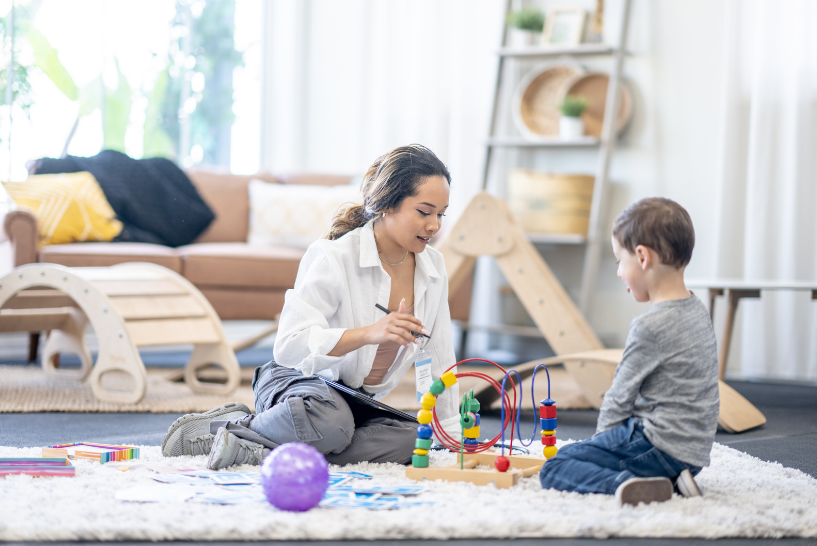In a post-pandemic world, it is more important than ever that we address the mental health needs of our students, clients, and patients.
During the first year of the COVID-19 pandemic, the prevalence of anxiety and depression globally increased by 25%, according to a scientific brief released by the World Health Organization (WHO) on March 2, 2022. We can take from this data that we are more likely to encounter someone who may be struggling with their mental health. The WHO defines mental health as:
“A state of mental well-being that enables people to cope with the stresses of life, realize their abilities, learn well and work well, and contribute to their community. It is an integral component of health and well-being that underpins our individual and collective abilities to make decisions, build relationships and shape the world we live in. Mental health is a basic human right. And it is crucial to personal, community and socio-economic development.”
I have seen an increasing number of students present to their occupational therapy sessions with anxiety surrounding relationships with peers and staff, school, socio-economic situations, and more. As an occupational therapy practitioner (OTP), I utilize the person-centered approach model to help address anxiety. This model allows OTPs to meet a person’s needs to have students and patients ready to engage. Unfortunately, this may mean that my perfectly planned and prepped OT session does not take place as I originally intended. Instead, my session may look very different depending on the person at that moment.
I’ve found the strategies that have helped the most are:
- Starting out with a familiar game to get your client or student to feel comfortable and possibly share their challenges with you.
- Having a conversation and asking how they are doing.
- Asking questions about upcoming assignments.
- Planning out lengthy assignments with older students.
- Listening to favorite music and discussing the song or how it makes them feel.
- Getting up and moving – usually in a silly way like dancing, playing freeze dance, or acting like animals.
I have seen an increased number of students report that they feel anxious throughout the day, especially with new or unfamiliar people. During my initial visits with students, I work a lot on building rapport. I know that if I do not have their trust, they may not become vulnerable enough to try new things, often things that are incredibly challenging. I try to discuss things that interest them. I may even take the opportunity to learn something new by asking a lot of questions about their interests. I allow them to type, write, or draw their responses. For students who continue to demonstrate anxiety during sessions, I offer students strategies such as using a code word to take a break, the option to type responses to me versus speak to me, and control. I give them control over the session with a list of choices or tasks that I know can successfully be adapted or modified to help them work toward their objectives while still meeting their needs to facilitate greater participation.
Recently I have had several students that are currently unhoused. They have been my students for years and I have tried to establish my therapy room as safe place. Often, I simply ask what they would like to do, and I attempt to incorporate their goals into those activities. Seeing them smile makes me happy knowing that at least for a small part of their week they are in a safe place that allows them to feel comfortable.
Ending on a positive note is also a tool I have found to be successful. As each session ends, I ensure that the student feels positive about themselves and leaves with a smile. Funny jokes, games, and monitoring their frustration tolerance are tools I prefer to use. Students leave my space feeling successful and able to re-engage in their learning environment.
OTPs have the opportunity to make connections with their students, families, staff, and administration in order to meet each individual where they are and help them engage in their occupations. Sometimes it just means we need to slow down and remember that these little steps can go a long way to increase their participation with you and improve their mental well-being.
Author: Karlyn M. Goodman, OTR/L

